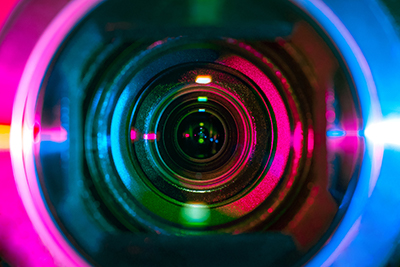
Even after you’ve decided on the perfect machine vision system for your application, you’re still left with a seemingly unlimited number of lens options to pick from. How do you know what machine vision lens is best? Here are some of the most important criteria to consider when making your choice.
Pick the Right Machine Vision Lens
1. Lens Type. Standard resolution lenses are the most widely used lens for sensors up to a megapixel. They range from 4.5-100mm and feature low distortion and vignetting. Macro lenses are optimized for close-up focus. Electrically tunable liquid lenses can change focus in milliseconds if you’re looking for a long working life for tasks like inspection or code reading.
2. Focal Length. To pick the focal length for your application, you need to know your working distance and required field of view. Consider where your machine vision camera will need to be placed. Then figure out the size of the product, barcode, or tools you will need to image. Some choose to start with an inexpensive varifocal lens for testing and switch to a fixed lens for the final system.
3. Camera Resolution. Camera resolution refers to the number of pixels in an image. Typically, the more pixels, the clearer, and sharper the image. Higher pixel density makes it easier for machine vision systems to identify barcodes and objects. Camera resolution and lens quality work together to produce the best images however you should never boost resolution to try to make up for cheap lenses.
4. Sensor Size. Lenses match to specific sensor and pixel sizes. Your lens needs to cover the camera sensor. Otherwise, you will get vignetting. This means that the corners of images will be omitted or distorted, making part of your image useless. A properly matched lens will have no vignetting. Choose your lens after you’ve selected your camera to avoid a mismatch.
5. Lighting. No machine vision system will work properly without one of the fundamentals of image capture. That’s lighting. Many cameras are versatile enough to work in a wide range of production environments and applications. But in dark conditions or macro applications, you may need to add additional lighting for your lens based on its aperture.
Get Help Choosing Your Lens
These five factors aren’t all it takes to choose the right lens. You’ll need to make sure of resolution compatibility, determine if you need to capture infrared or visible light, decide if you need iris control for your application, and more. Some lenses work best for fast processes that need high frame rates and others work great when fine detail is needed.
Let the experts at Phase 1 Technology help you pick the right lens for your machine vision system. Discover which brand, type, and design is just what you need.
